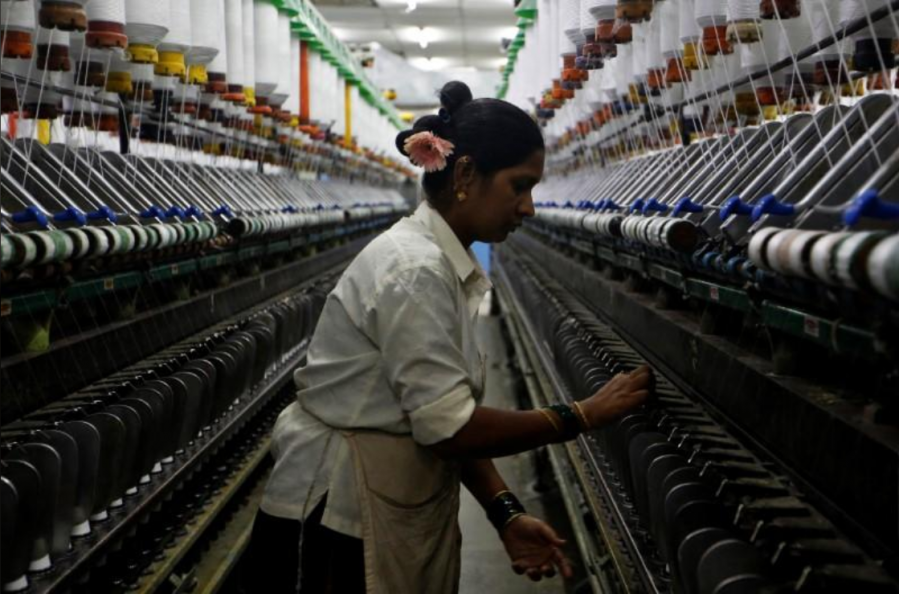The marked improvement in the profitability of polyester makers has come at the cost of thousands of spinning mills, many of which fear closure due to the sustained decline in cotton yarn and a significant change in consumer preferences.
The Cotton Textile Export Promotion Council (Texprocil), the apex industrial body of the sector, showed a 38.8 per cent decline in the value of India’s cotton yarn exports, at $1.28 billion for the period between July and September 2019, from $2.09 billion in the corresponding period last year. Cotton yarn exports have been steadily declining month after month this year, even by volume, from 90 million kg in April to 67 million kg in September.
Problems for spinning mills were aggravated with lukewarm domestic demand. The ongoing economic slowdown and rural distress have worsened demand of textile and all other products in the value chain.
“Exports of cotton yarn have registered a negative growth since April this year, which is a matter of deep concern. Many of the spinning mills are on the verge of closure, which may cause unemployment,” said K V Srinivasan, Chairman, Texprocil.
By contrast, the demand of polyester yarn and fabric has increased as these products are much cheaper than cotton. Industry sources estimate polyester to be 40-50 per cent cheaper than cotton across all variants.
With crude oil prices moving in a narrow range, polyester makers plan their business for long term and invest in plant and machinery in anticipation on a rapidly-changing consumer preference for polyester blended fabric.
“The profitability of Indian polyester yarn manufacturers has been growing steadily. This is primarily on account of the rise in consumption of synthetic yarns across the world, as compared to natural fibres. Moreover, cost competitiveness of Indian manufacturers has been better than that of north-east Asia manufacturers, which has resulted in better operating margins and profitability,” said Madhusudan Bhagaria, chairman and managing director, Filatex India (FIL), one of India’s largest makers of polyester yarn.
FIL has seen a substantial improvement in its financial performance over the past three years, led by better volume growth and operational efficiency measures. FIL reported a CAGR of 48.42 in its net profit to Rs 85 crore in FY19, from Rs 26 crore in FY16.
Bhilosa Industries, second largest polyester yarn manufacturing company saw its EBITDA and profit after tax rise by 13 per cent and 21 per cent, respectively, during the period under consideration.
“As against a global average of 60:40 polyester and cotton blending, India continues to remain at 45:55, which shows an improvement of five per cent more polyester blending in the last three years. While demand continues to move in favour of polyester, we believe the blending percentage will further improve resulting into more demand and profitability for polyester makers,” said an industry veteran.
Along with the better properties which polyester filaments hold, one factor that also helped in increasing its production and usage is limited availability of natural fibres like cotton and the consequent increase in cost of production.
In India, demand for polyester fibres has been growing strongly, led by steady consumption from textiles firms. Moreover, domestic manufacturers of polyester yarns have been able to increase their capacity utilisation as the anti-dumping duty imposed on China led to a pick-up in domestic demand compared to imported yarns.
Meanwhile, Srinivasan has urged the government to protect spinning mills from closure.
“Cotton yarn is the only product that hasn't been granted export benefits such as Merchandized Export Incentive Scheme (MEIS) and three per cent Interest Equalization Scheme. Additionally, exporters of cotton yarn are at a serious disadvantage vis-a-vis competing countries due to differential import duties between 3.5 and 5 per cent in leading export markets,” said Srinivasan.


